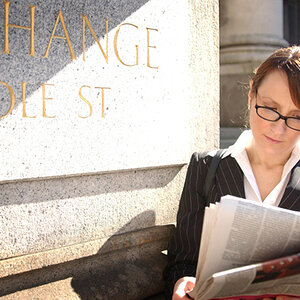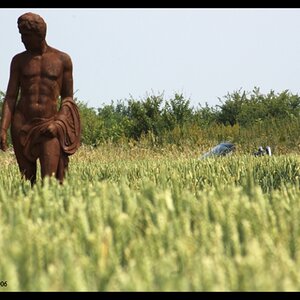NancyMoranG
Been spending a lot of time on here!
- Joined
- May 9, 2012
- Messages
- 2,881
- Reaction score
- 1,054
- Location
- Anywhere we want! Just us And the RV
- Can others edit my Photos
- Photos OK to edit
just tried back button focusing yesterday on my D7000. I have had the camera 3 years and hadn't tried it yet.
I was using it for an osprey nest that has an active pair in it. Looking for any advice by those who use it and any tips.
Yes, I read the manual and watched some videos. Looking for any other comments
Thanks,
Nancy
I was using it for an osprey nest that has an active pair in it. Looking for any advice by those who use it and any tips.
Yes, I read the manual and watched some videos. Looking for any other comments
Thanks,
Nancy


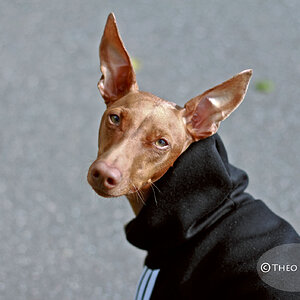
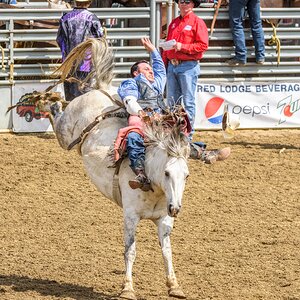
![[No title]](/data/xfmg/thumbnail/42/42482-3d0e794a92737ca7ecbc8125874457aa.jpg?1619740195)
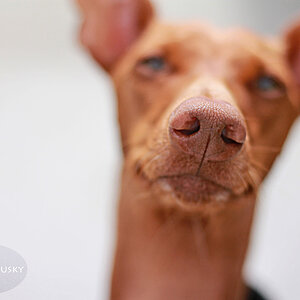
![[No title]](/data/xfmg/thumbnail/36/36658-525087f40e1bdbfe8b995ce4296ef4a6.jpg?1619737675)
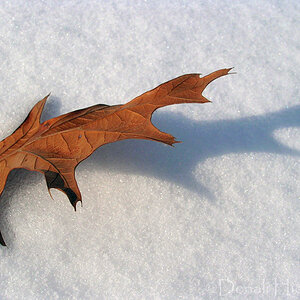

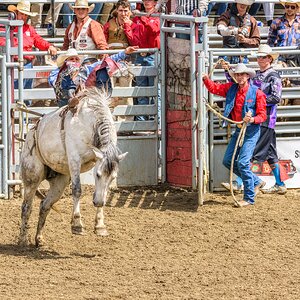
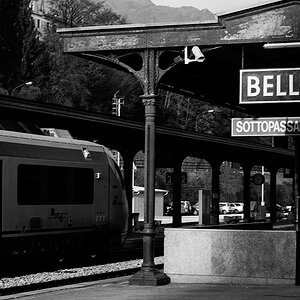
![[No title]](/data/xfmg/thumbnail/37/37518-fb05b52482bd05e84fb73316ba1a9c8f.jpg?1619738128)
